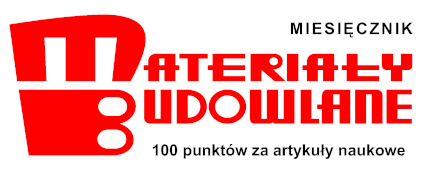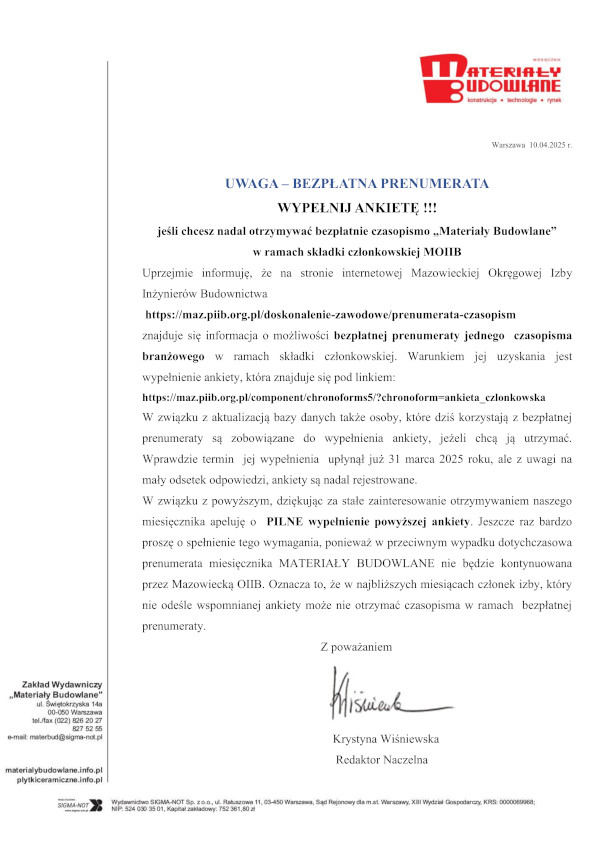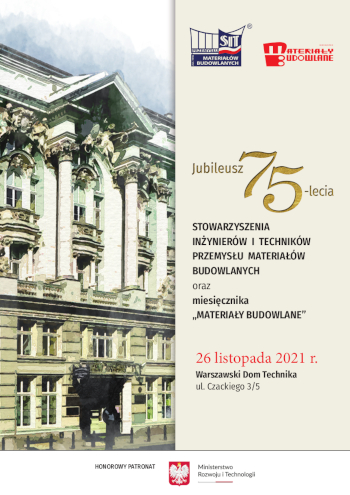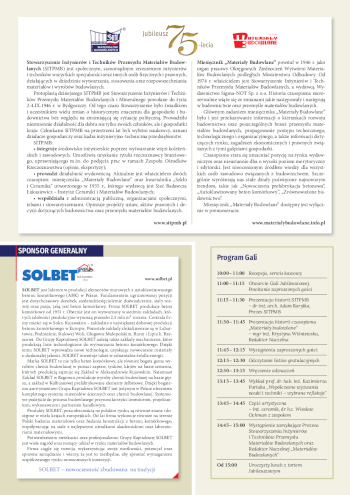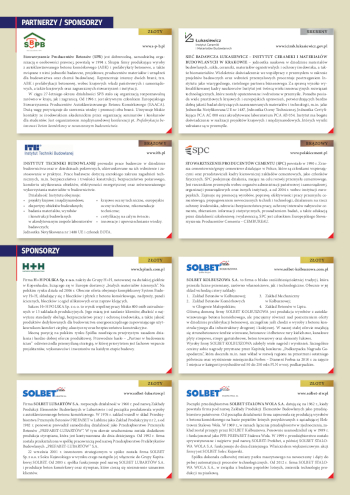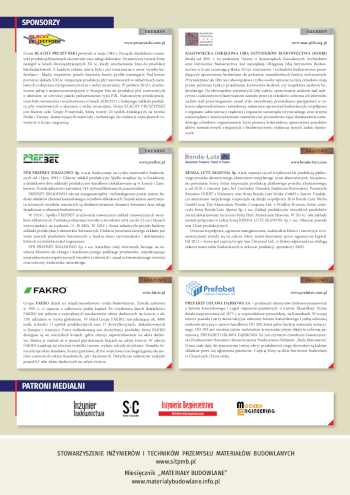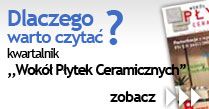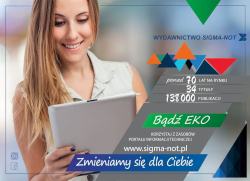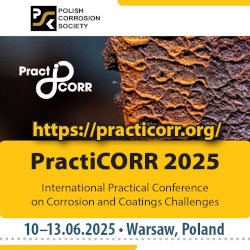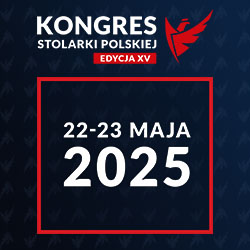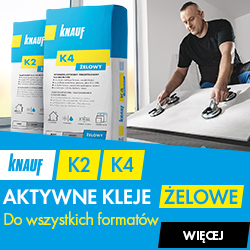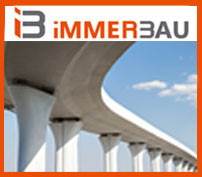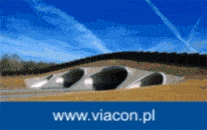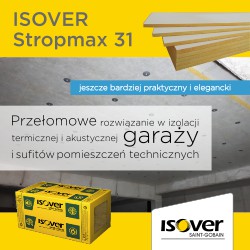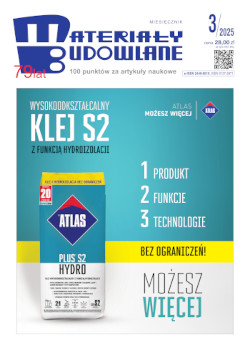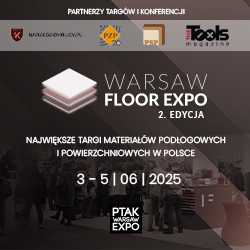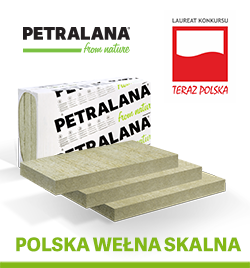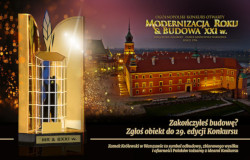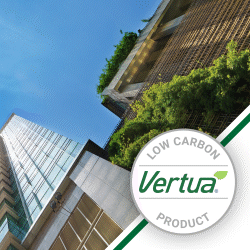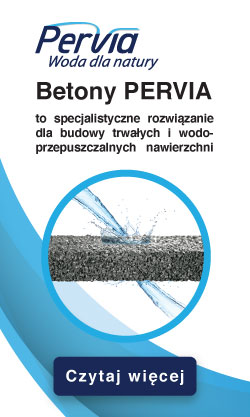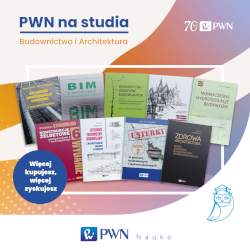Open Access (Artykuł w pliku PDF)
Thermographic inspections as part of the thermomodernization process
dr inż. Robert Stachniewicz, Politechnika Białostocka, Wydział Budownictwa i Nauk o Środowisku
ORCID: 0000-0003-0540-2503
Adres do korespondencji: Ten adres pocztowy jest chroniony przed spamowaniem. Aby go zobaczyć, konieczne jest włączenie w przeglądarce obsługi JavaScript.
DOI: 10.15199/33.2022.12.29
Artykuł przeglądowy
Streszczenie. W artykule omówiono zastosowanie termografii w procesie termomodernizacji budynków. Przedstawiono przykłady inwentaryzacji termograficznej budynków, w których wykryto m.in. mostki termiczne i powietrzne, ubytki izolacji cieplnej w przegrodach lub otulinach termoizolacyjnych instalacji ogrzewania. Termografia może pomóc w podjęciu decyzji o termomodernizacji budynku, wskazując miejsca nieefektywnego wykorzystania energii.
Słowa kluczowe: termografia; termomodernizacja; diagnostyka cieplna; mostki termiczne.
Abstract. The paper presents the use of thermography in the process of thermal modernization of buildings. It includes examples of thermographic inventory of buildings, among which are thermal and air bridges, losses in thermal insulation in partitions or lagging of heating installations. Thermography can help in making decisions about thermal modernization of a building, indicating places of inefficient use of energy.
Keywords: thermography; thermomodernization; thermal diagnostic; thermal bridges.
Literatura
[1] Lucchi E. Applications of the infrared thermography in the energy audit of buildings: A review. Renew. Sustain. Energy Rev. 2017; vol. 82, no. October 2017, pp. 3077 – 3090, 2017, doi: 10.1016/j. rser. 2017.10.031Applications of the infrared thermography in the energy audit of buildings: A review. Renew Sustain Energy Rev. 2018; 82: 3077 – 90: https://doi. org/10.1016/j.rser.2017.10.031.
[2] ISO/DIS 6781-1. Draft international standard. Performance of buildings – Detection of heat, air and moisture irregularities in buildings by infrared methods – Part 1: General procedures.
[3] Kirimtat A, Krejcar O. Areview of infrared thermography for the investigation of building envelopes: Advances and prospects. Energy Build. 2018; 176: 390 – 406.
[4] Kisilewicz T. Termowizyjny pomiar izolacyjności termicznej ścianywbudynku istniejącym. Materiały Budowlane. 2022; DOI: 10.15199/33.2022.01.04.
[5] Kisilewicz T, Wróbel A. Quantitative infrared wall inspection. Proceedings of the 10-th edition of the Quantitative InfraRed Thermography – International Conference. X. P.Maldague. 2010; http://dx.doi.org/10.21611/qirt.2010.065.
[6] ISO 9869 Thermal insulation – Building elements – In-situ measurement of thermal resistance and thermal transmittance.
[7] FiccoG, Iannetta F, Ianniello E, Alfano FRD,Dell’IsolaM.U-value in situmeasurement for energy diagnosis of existing buildings.EnergyBuild. 2015, 104: 108 – 121.
[8] Tejedor B, Barreira E, Peixoto de Freita V, Kisilewicz T, Nowak-Dzieszko K, Berardi U. Impact of Stationary and Dynamic Conditions on the U-ValueMeasurements ofHeavy-Multi LeafWalls byQuantitative IRT. 2020. Energies 13 (6611).
[9] PN-EN ISO 9972:2015-10. Cieplne właściwości użytkowe budynków – Określanie przepuszczalności powietrznej budynków – Metoda pomiaru ciśnieniowego z użyciem wentylatora.
[10] PN-EN 13187:2001.Właściwości cieplne budynków – Jakościowa detekcja wad cieplnych w obudowie budynku – Metoda podczerwieni.
[11] Stachniewicz R. Using Thermography to LocateAir Leakages through the envelope of a Building in the summer season. Measurement Automation Monitoring. 2015; 61 (06): 261 – 4
[12] Stachniewicz R. Ocena stanu technicznego budynku i jego instalacji za pomocą termowizji.Materiały Budowlane. 2021;DOI: 10.15199/33.2021.01.03.
[13] Rozporządzenie Ministra Infrastruktury z 6 listopada 2008 r. w sprawie warunków technicznych, jakim powinny odpowiadać budynki i ich usytuowanie. Dz.U. 2008 r. nr 201, poz. 1238 z późniejszymi zmianami.
Przyjęto do druku: 24.11.2022 r.
Materiały Budowlane 12/2022, strona 107-110 (spis treści >>)
